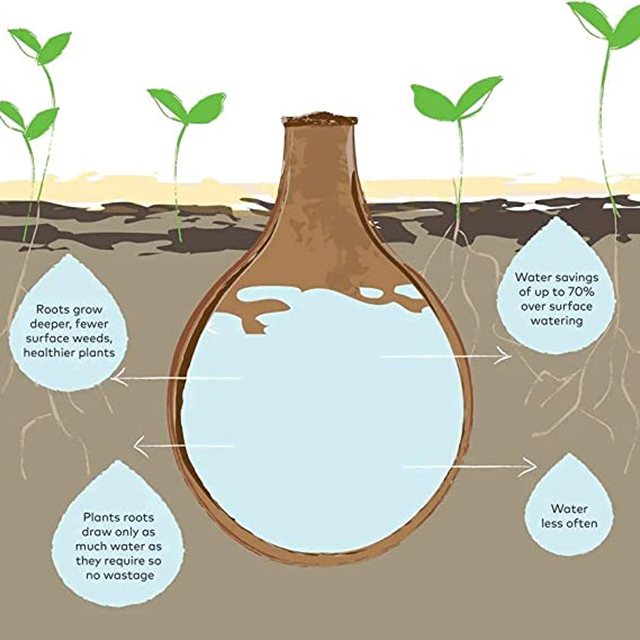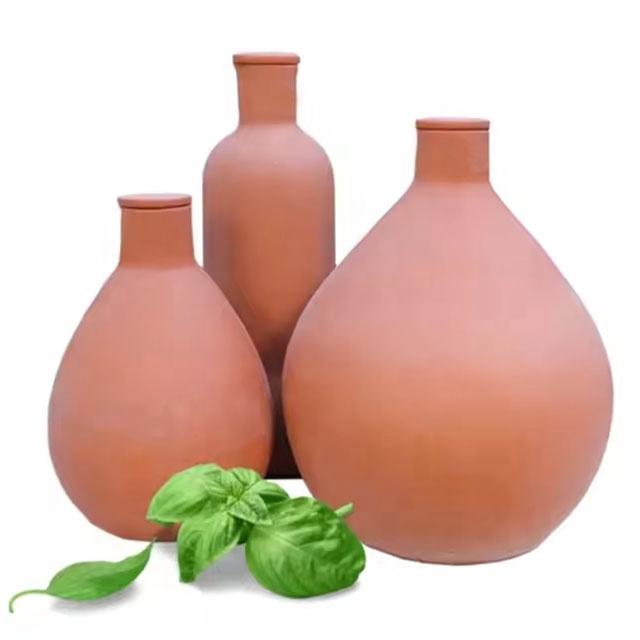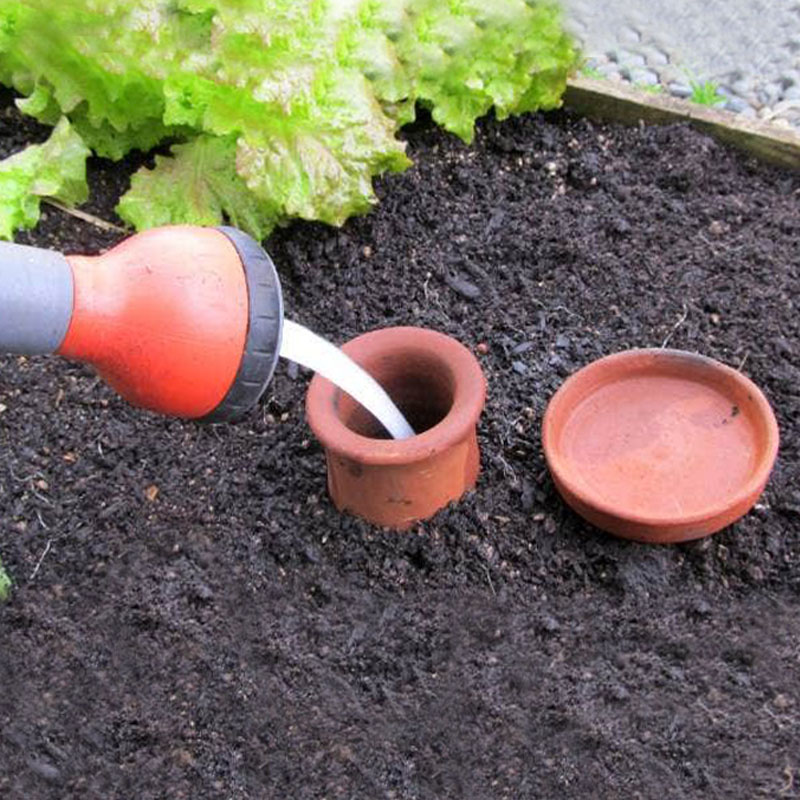In an age of high-tech irrigation systems and smart gardening devices, one ancient tool is quietly making a comeback: the clay olla pot. Rooted in centuries-old farming traditions, the olla — a simple, porous clay pot buried in the soil — offers an elegant, water-saving solution for gardeners, landscapers, and eco-conscious plant enthusiasts. While they may seem unassuming at first glance, clay olla pots have a fascinating history and are finding an increasingly prominent place in modern gardens around the world.
A Glimpse into History
The origins of the clay olla pot trace back thousands of years. Farmers discovered that partially burying a porous clay vessel in the soil could naturally deliver water directly to plant roots. This method drastically reduced water waste caused by evaporation or runoff and promoted healthier plant growth. Unlike conventional watering methods, the olla's slow release creates a consistent moisture level that plants thrive on — making it particularly effective in dry climates or during summer months.
Today, clay olla pots are more than just practical tools — they’re symbols of sustainable gardening and mindful cultivation.
How Clay Olla Pots Work
The magic of the clay olla pot lies in its material. Made from porous clay, the pot allows water to slowly seep through its walls, directly into the surrounding soil. As the soil dries, it naturally draws moisture from the pot, creating a self-regulating watering system. This means that plants receive water only when they need it, reducing both overwatering and underwatering.
They come in various sizes, from small pots for individual planters to large vessels suitable for vegetable beds or flower gardens.

Why Gardeners Are Embracing Olla Pots Today
In recent years, clay olla pots have seen a resurgence in popularity, fueled by several key trends:
1.Sustainability: With growing awareness of water conservation, gardeners are seeking ways to reduce waste. The olla’s slow-release irrigation system can save up to 70% of water compared to traditional watering methods.
2.Convenience: Busy gardeners love the low-maintenance nature of the olla. Once filled, it waters plants autonomously for days or even weeks.
3.Plant Health: Because water is delivered directly to the roots, plants develop stronger root systems and are less prone to fungal diseases caused by wet foliage.
4.Eco-Friendly Gardening: Olla pots are made from natural clay, free of plastics or harmful chemicals, aligning with environmentally conscious gardening practices.

More Than Just a Tool
Beyond their practical benefits, clay olla pots offer a touch of charm and rustic elegance. Many gardeners incorporate them into decorative layouts, combining function with aesthetic appeal. From vegetable gardens and flower beds to patio planters and indoor pots, the olla blends seamlessly with different garden styles, creating both beauty and utility.
Some innovative gardeners have even started customizing their olla pots for gifting or special projects — adding colors, designs, or personalized touches to make each pot unique. This personalization trend mirrors the growing interest in unique, handcrafted garden accessories, allowing gardeners to express creativity while staying practical.

The Timeless Appeal of Clay Gardening
Simple yet effective, clay olla pots connect us to ancient gardening wisdom, support healthier plants, and promote sustainability. Whether you’re a beginner or experienced gardener, using an olla pot brings practicality, beauty, and life to any garden.

Post time: Aug-14-2025







